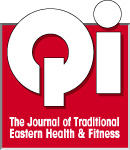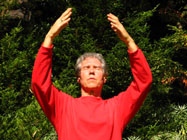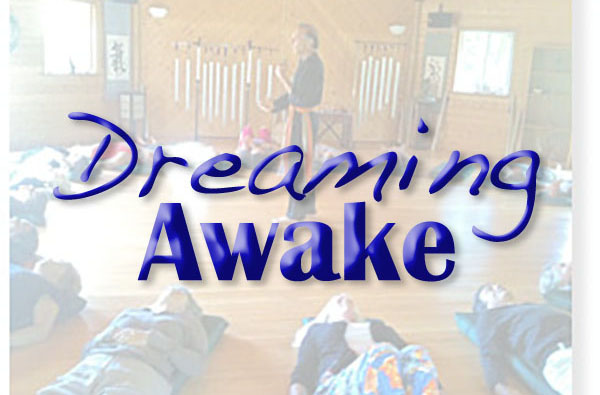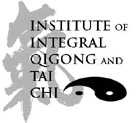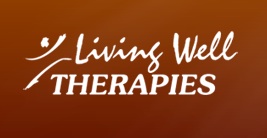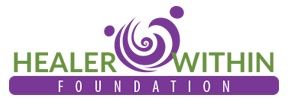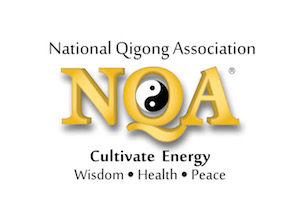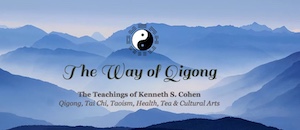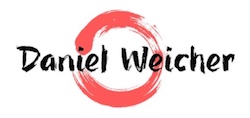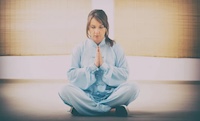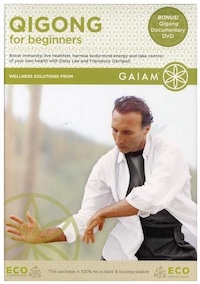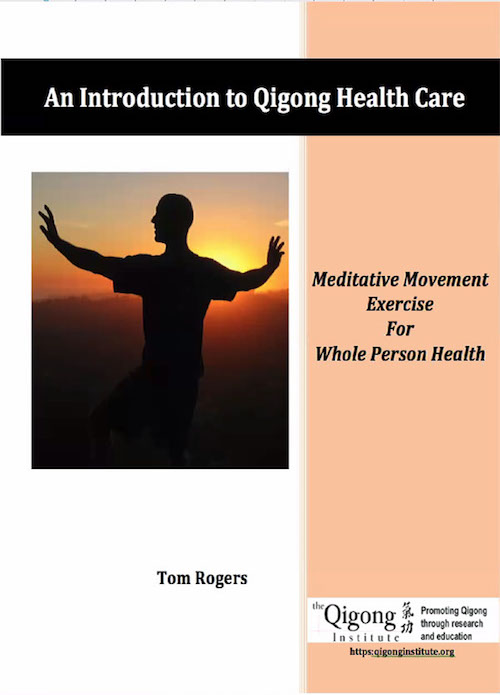
Qigong Health Care can be a powerful component of Western models of healthcare systems which prioritize biopsychosocial whole person health and where prevention and wellness are primary aspects of care. The practice of Qigong combines physical exercise with the proven benefits of meditation and can be promoted to the public as an essential life skill. This publication describes the scientific research progress, issues, and challenges of integrating Qigong Health Care into Western medicine and healthcare.
Every Donation of $25 or more receives this new eBook (PDF format) from the Qigong Institute as our THANK YOU gift: DONATE
“Since its founding under the leadership of the late Ken Sancier, The Qigong Institute has served as an objective organization for gathering and disseminating scientific evidence supporting the health benefits of Qigong and related practices. The Institute’s latest report, An Introduction to Qigong Health Care: Meditative Movement Exercise for Whole Person Health––authored by Tom Rogers––is a comprehensive and very accessible resource for all interested in Qigong for health, including practitioners, teachers, scientists and policy makers.“
Peter Wayne, PhD
Associate Professor of Medicine. Director, Osher Center for Integrative Medicine.
Harvard Medical School
Author, Harvard Medical School Guide to Tai Chi
eBook PDF. 56 Pages.
READ AN EXCERPT



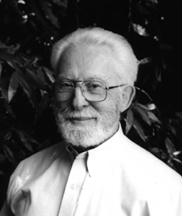

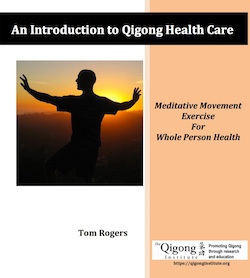
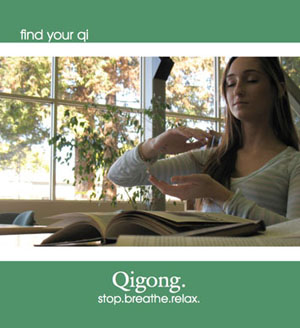
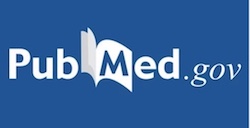
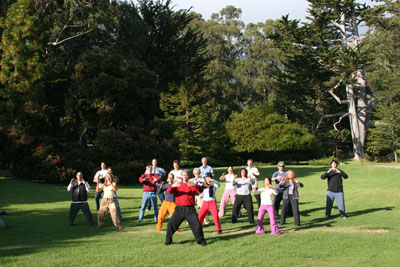

 Multifaceted physical activities such as tai ji (tai chi), qigong, and yoga involve varying combinations of neuromotor exercise, resistance exercise, and flexibility exercise. Neuromotor exercise training is beneficial as part of a comprehensive exercise program for older persons, especially to improve balance, agility, muscle strength, and reduce the risk of falls.
Multifaceted physical activities such as tai ji (tai chi), qigong, and yoga involve varying combinations of neuromotor exercise, resistance exercise, and flexibility exercise. Neuromotor exercise training is beneficial as part of a comprehensive exercise program for older persons, especially to improve balance, agility, muscle strength, and reduce the risk of falls.  Stress in the workplace is is the second-most disabling illness for workers, with an annual price tag of more than $300 billion in lost work time, health care costs, and stress reduction.
Stress in the workplace is is the second-most disabling illness for workers, with an annual price tag of more than $300 billion in lost work time, health care costs, and stress reduction. 
